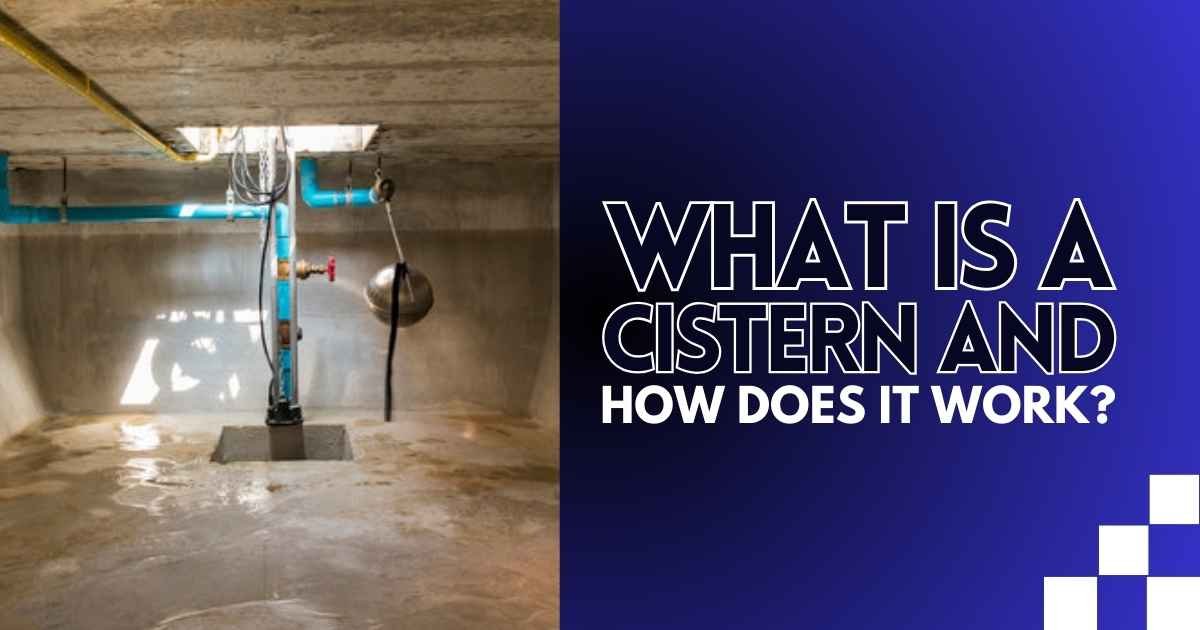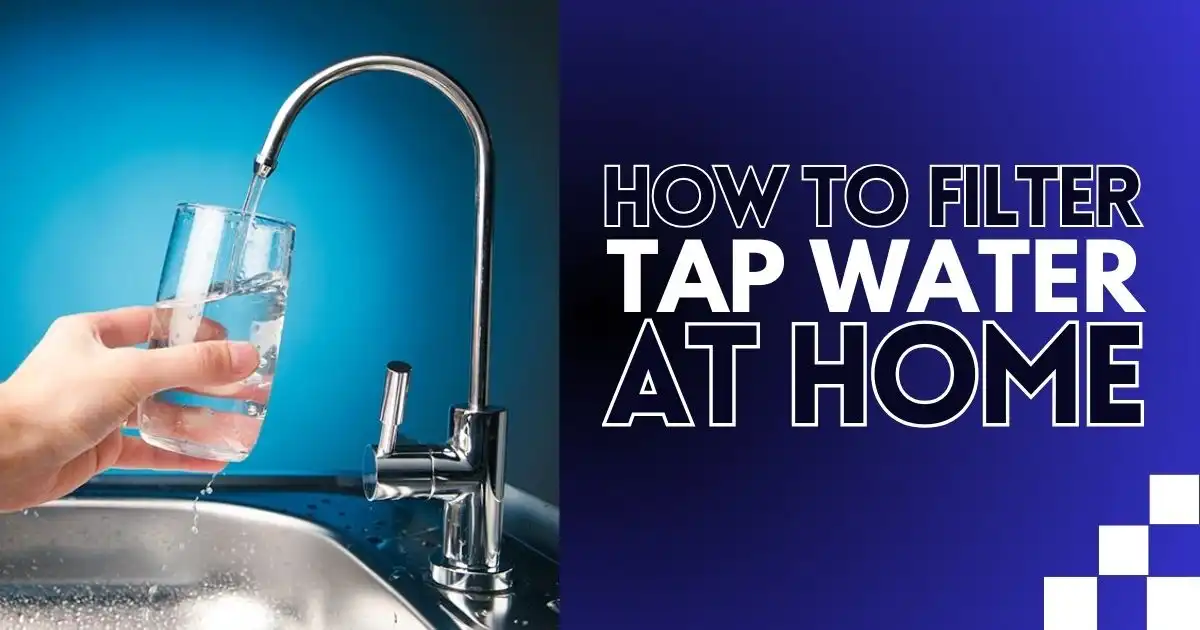A cistern system collects and stores rainwater for household use. While the details may vary by system, the basic process is simple. Rainwater is first collected from a rooftop, where gravity directs it into pipes that lead to the cistern tank. Before entering the tank, the water passes through mesh screens that block large debris like leaves or dirt.
The tank is usually placed underground, where the water stays cool and safe from temperature changes, animals, and insects. When you need the water, it can be pumped by hand, drained by gravity, or pumped using an electric pump, depending on the system.
What Is a Cistern Used For?
Cisterns are flexible water storage systems that serve various purposes. While they can supply drinking water, this is not their main use in most cases.
- Domestic Uses: Cistern water is commonly used for tasks like flushing toilets, laundry, and watering gardens, helping save treated water and lower bills. On farms, cisterns provide water for crops and animals, especially in remote areas or during droughts, offering a reliable backup supply.
- Drinking Water: Although cistern water is usually considered non-drinkable, it can sometimes be treated for safe consumption. This is more common in places where access to city water isn’t available, such as remote properties. To make cistern water drinkable, you’ll need to take steps like installing a filtration system, using a disinfectant (like chlorine), and testing the water regularly to ensure it’s safe.
The Centers for Disease Control and Prevention (CDC) advises being cautious when using cistern water for drinking. They recommend treating and testing the water thoroughly to remove bacteria, parasites, and other harmful contaminants. Proper maintenance of the cistern system is also essential to keep the water clean and safe.
How Does a Cistern Work?
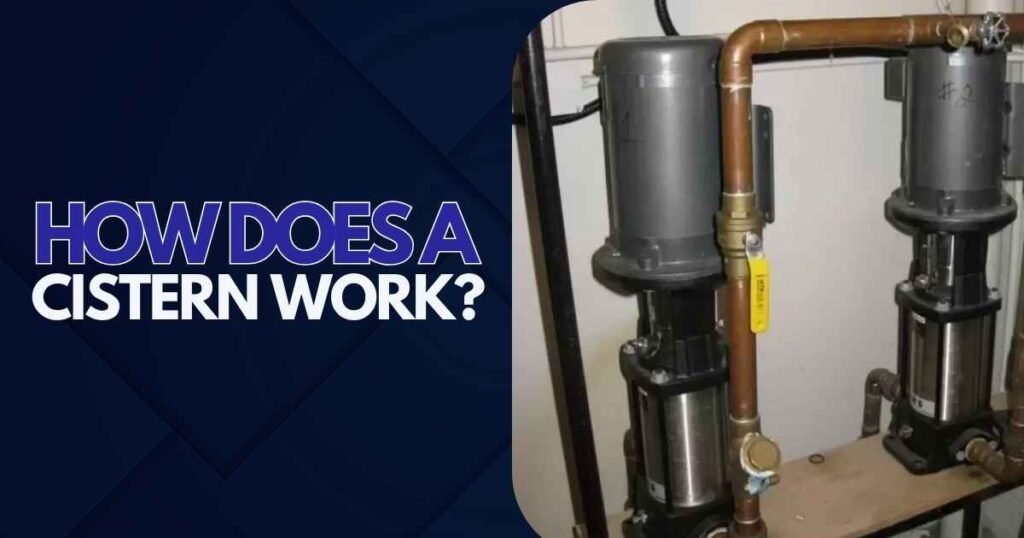
A water cistern works by collecting and storing rainwater, usually starting with your roof. Rainwater flows down from the roof into gutters and pipes that direct it into the cistern tank. To keep out large debris like leaves, the water passes through a mesh screen before entering the tank.
The water is typically stored underground in a cistern hole, where it stays cool and is protected from animals and insects. This setup also reduces the impact of temperature changes. When you need the water, the water cistern allows it to be pumped out by hand, drained using gravity, or extracted with an electric pump, depending on your system.
Benefits of Using a Cistern
A cistern water tank is a smart way to save money, protect the environment, and ensure a reliable water supply. It’s an excellent choice for homes and farms, offering backup water and lower bills.
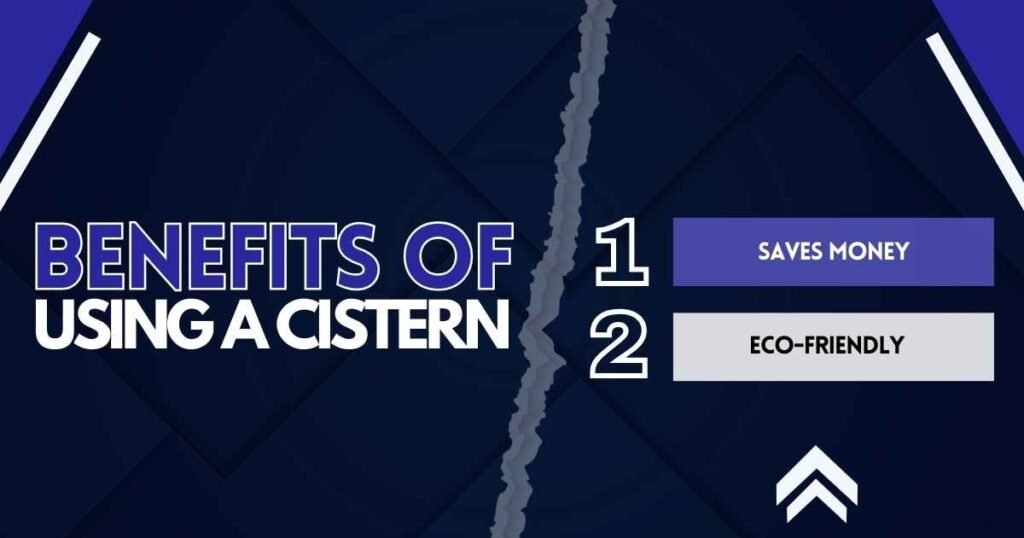
1. Saves Money
Using a cistern helps you cut costs by collecting free rainwater for everyday tasks. For example, you can use rainwater to water your garden, wash your car, or fill a swimming pool instead of using expensive city water.
If you live in an area with high water rates, like Las Vegas, this can mean big savings over time. Plus, rainwater can be used for non-drinking purposes like flushing toilets or cleaning outdoor areas, which further lowers your monthly water bill. With less reliance on treated water, the savings quickly add up!
2. Eco-Friendly
Using a cistern to collect and reuse rainwater is a smart way to protect one of the planet’s most important resources—water. It helps reduce the demand on city water systems, especially during dry months or droughts when water supplies are low. By catching rainwater, you also help prevent stormwater runoff, which often carries dirt, oil, and chemicals into rivers and lakes.
For example, you can use the collected rainwater to water your garden, clean your car, or even flush your toilet. This reduces the amount of clean drinking water used for these tasks. It’s an easy way to save money on your water bill and reduce waste.
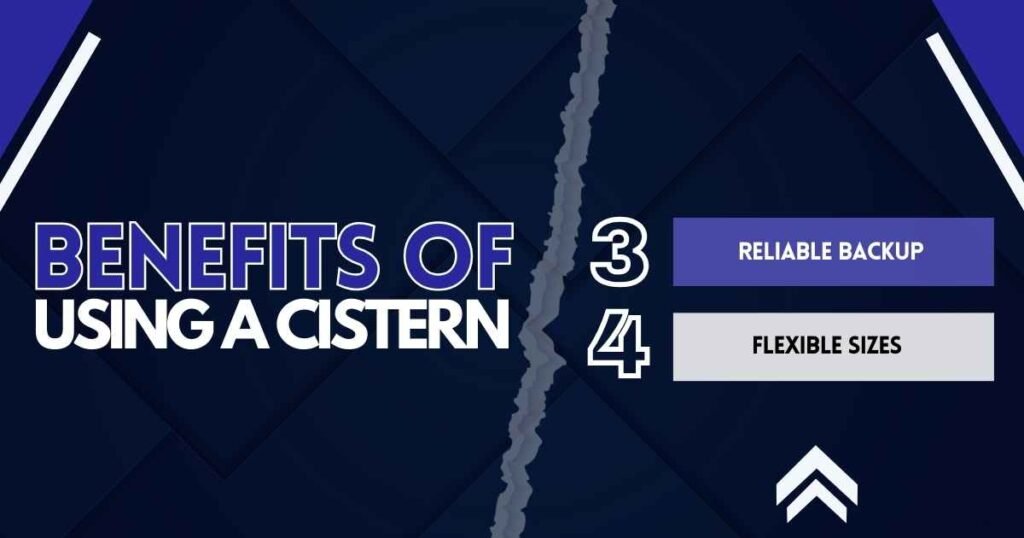
3. Reliable Backup
A cistern gives you a dependable water source during water shortages, restrictions, or emergencies. If the main water supply stops working, you’ll still have water for basic needs like flushing toilets, watering your garden, or cleaning your home.
It can also help you save water and money by using collected rainwater for these tasks. This is especially helpful in rural areas or places that often face droughts or dry weather. Having a cistern means you can worry less about running out of water when you need it most.
4. Flexible Sizes
Cisterns come in many sizes to match different needs. For a small garden or home, a compact tank can fit easily in your backyard and provide enough water for daily use. If you own a large property, like a farm, larger tanks can hold thousands of gallons to handle bigger water demands. Some cisterns are designed to fit tight spaces, while others are perfect for open areas.
This flexibility makes cisterns useful for both city homes and rural properties. They help save money on water bills, reduce your impact on the environment, and ensure you always have water when you need it. With the right size, you can use cisterns to water plants, wash cars, or even store water for emergencies.
Smart Water Solutions for the Future
Instead of relying only on traditional water sources, embracing a cistern system can be a smart way to save water and money while being eco-friendly. Like planning for the future, a cistern ensures you have water when you need it most. It’s about finding a balance between using what’s available now and being prepared for challenges ahead.
Take control of your water needs with a reliable cistern system from Vegas Plumbing Pros. Our systems help you collect and store rainwater, saving you money on bills and reducing your reliance on city water. Let our experts guide you through the process of choosing, installing, and maintaining the right system for your home or property.
FAQs
Is cistern water safe to drink?
Yes, it uses the same pipes as the other water in your home and refills every time you flush. Water cistern systems are designed to provide a reliable backup, even if the water supply stops or the pressure drops. Sometimes, a bit of algae might grow in the tank, but it’s usually harmless and doesn’t affect the usefulness of the water in emergencies.
How does a toilet cistern work?
In simple words, after you flush the toilet, water flows in through the fill valve. As the water fills the tank, the float rises to a set point. Once it reaches that level, the water stops, and the tank is ready for the next flush.
What is the function of a cistern?
Cisterns are big tanks used to collect and store rainwater from surfaces like roofs. This stored water can be used for many purposes, such as watering plants, flushing toilets, cleaning, or even drinking if properly treated. These tanks are helpful for saving water, especially in areas where water is scarce or expensive.
Why do toilets need a cistern?
The cisterns send water to the toilet bowl for flushing, either using gravity or air pressure. To flush, the user presses a button or pulls a lever. In industrial and commercial settings, toilets often have a hands-free flush option.
